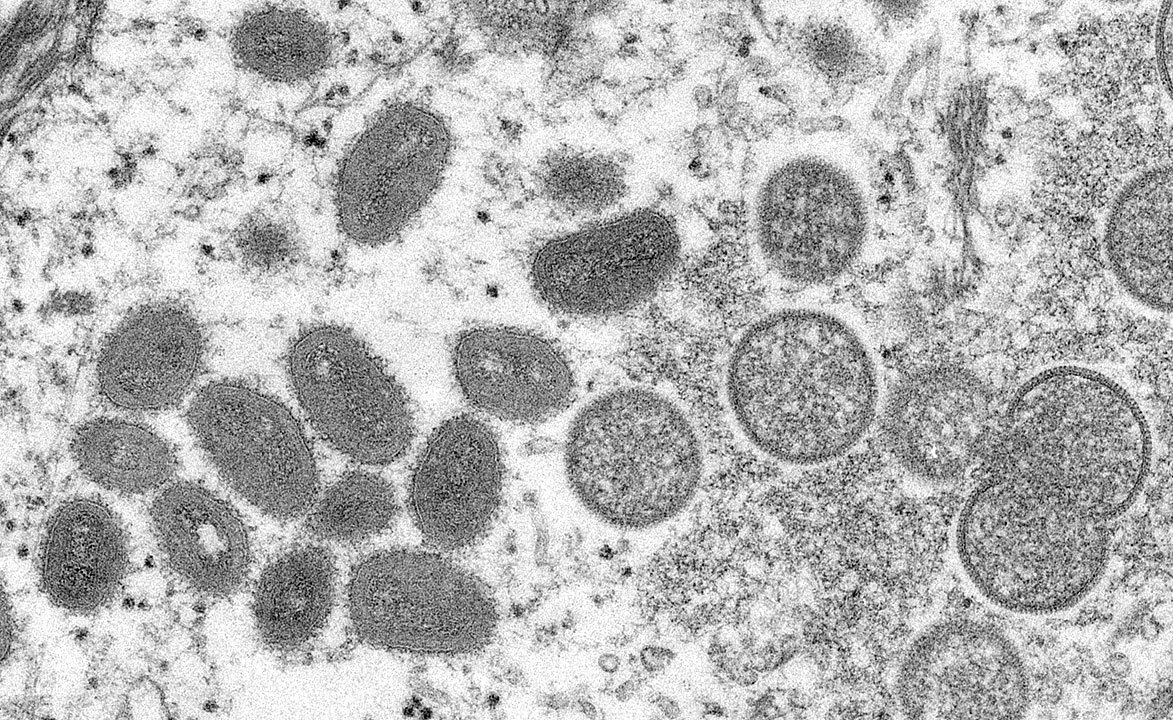
By Kyle Aristophere T. Atienza, Reporter
THE PHILIPPINE Health department on Monday said it has detected one new case of monkeypox (mpox), days after the World Health Organization (WHO) declared a global health emergency amid an uptick in cases in African countries.
Before this, the last case was detected in December 2023, the Department of Health (DoH) said in a statement. The latest case was reported on Sunday and was confirmed through laboratory testing.
The patient was a 33-year-old Filipino male with no travel history outside the Philippines, the agency said. He was the 10th case overall and the first since the WHO declared the outbreak in African countries a “public health emergency of international concern.”
The patient began experiencing symptoms more than a week ago, starting with a fever and followed by a distinct rash on the face, back, nape, trunk, groin, palms and soles, the agency said.
The patient tested positive for mpox using a polymerase chain reaction (PCR) test, after he was admitted to a government hospital, it added.
The DoH earlier said four cases were detected in 2022. Last year, three cases were logged in December and one each in July and May. All of the patients have recovered.
The agency said common symptoms of monkeypox are skin rashes or mucosal lesions, which can last two to four weeks and are accompanied by fever, headache, muscle aches, back pain, low energy and swollen lymph nodes.
It said monkeypox could be transmitted to humans through close contact with someone who is infectious, with infected animals or with contaminated materials like used clothes or utensils.
“Soap and water can kill the virus. When washing contaminated materials, use gloves,” the DoH said.
The DoH said monkeypox could be confirmed by testing skin lesion material through a PCR test.
It urged dermatologists and other physicians “who are entertaining a high index of suspicion” to record the name and contact information of their patients, and guide them to the nearest major hospital.
Mpox is treated with supportive care, the agency said. Patients with no other illnesses may stay at home after testing, until all scabs fall off and a new layer of skin forms, typically after two to four weeks.
The DoH said it is updating its monkeypox guidelines to allow for a “convenient and dignified approach,” which would encourage potential cases to seek consultation and testing.
“Keeping our hands clean with soap and water, or with alcohol-based sanitizers will help,” it said. “DoH will make the testing process as convenient as possible, so that suspect cases may be identified fast and allowed to stay at home.”
Citing the Africa Centres for Disease Control and Prevention, the European Centre for Disease Prevention and Control said in an Aug. 16 rapid risk assessment that 14,719 suspected and 2,822 confirmed monkeypox cases had been reported in the African continent this year, including 517 deaths.
The WHO said in a statement on its website its global health emergency declaration on Aug. 14 was the “second in two years relating to monkeypox.”
The first was declared in July 2022 amid a multi-country outbreak as the disease spread rapidly via sexual contact across a range of countries where the virus had not been seen before.
The July 2022 declaration ended in May 2023 after a sustained decline in global cases, it said.
Caused by an orthopoxvirus, monkeypox was first detected in humans in 1970, in the Democratic Republic of the Congo, WHO said. The disease is considered endemic to countries in central and west Africa.
In April, United Nations Children’s Fund (UNICEF) East Asia and Pacific Regional Office health advisor Basil Rodriques urged the Philippines to prioritize the passage of a bill that will create a Philippine Center for Disease Control, citing the country’s increased exposure to foreign tourists.
This would boost the country’s integration into global health surveillance systems, which the Southeast Asian nation needs as it welcomes more foreign tourists and sees increased migration, he said.
The Philippines welcomed 5.45 million international visitors in 2023, above the 4.8-million target.







